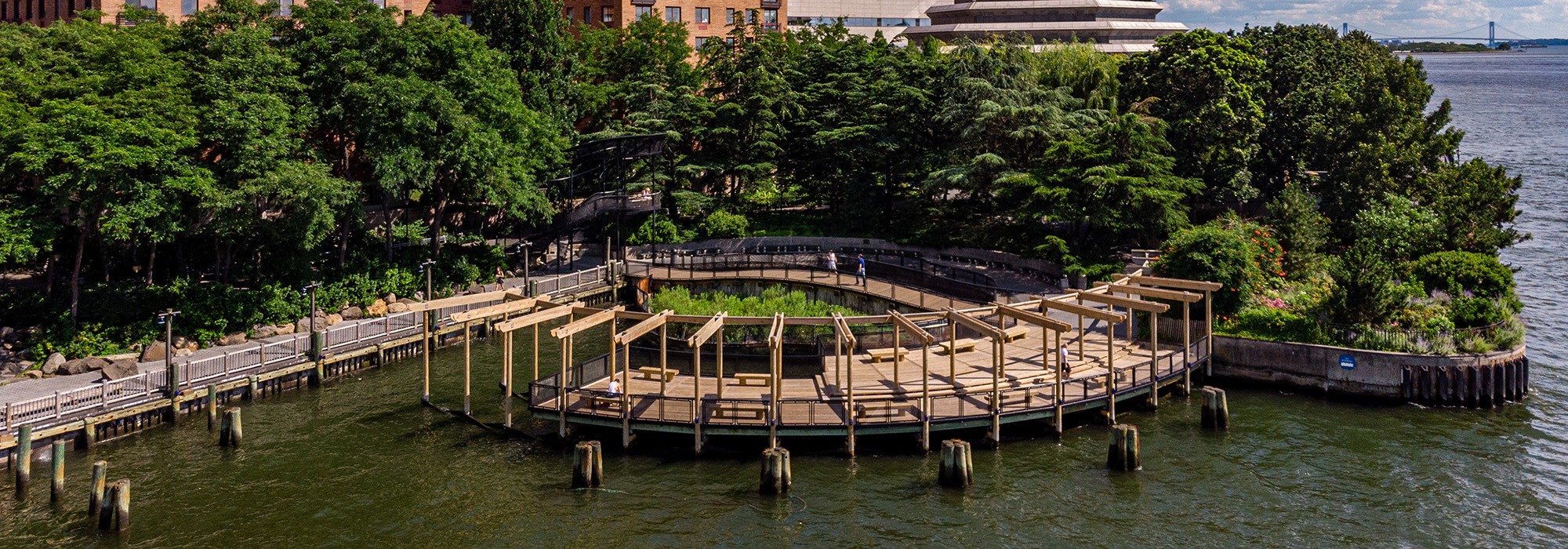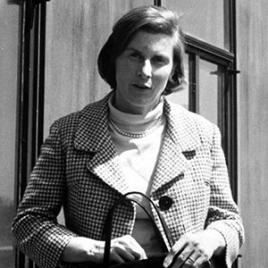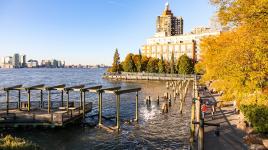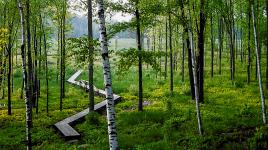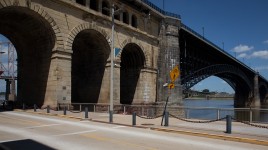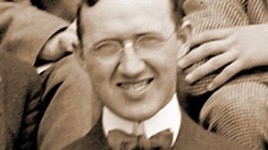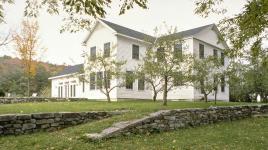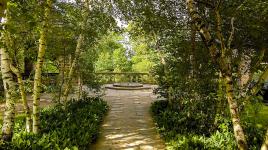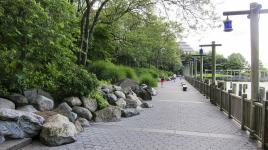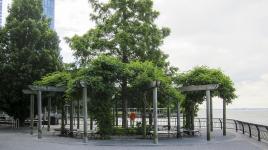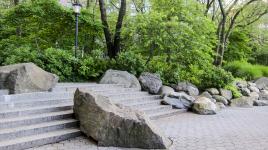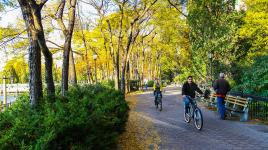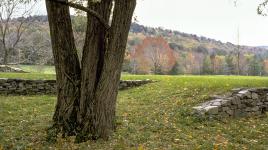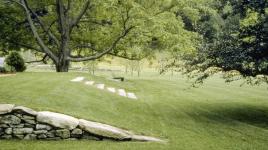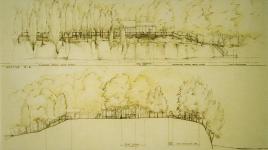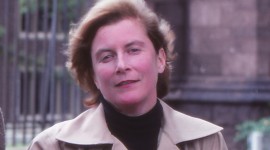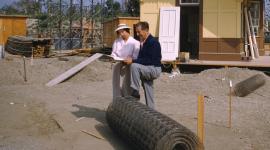Pioneer Information
Child spent the early years of her life in New England. Her interest in landscape architecture developed from her passion for art, gardening, and history, as well as time spent at her family's farm in southeastern Massachusetts. Child received her B.A. from Vassar College in 1950 with a concentration in art history and French. She then focused on raising her family and advocating for urban gardening before receiving her graduate certificate in landscape and environmental design at the Radcliffe Institute in 1975. In 1978 she enrolled in the landscape architecture program at Harvard's Graduate School of Design, where she was mentored by then-department head Peter Walker.
Child graduated from Harvard in 1981 and founded Child, Hornbeck Associates, Inc., in Boston with former professor Peter Hornbeck. Following Hornbeck’s departure in 1984, she founded Child Associates Inc., Landscape Architecture, with Douglas Reed. Together they shaped a firm that successfully completed a great variety of project types. Child is best known for her conceptual clarity in design, emphasis on rigorous documentary research, knowledge of plants, and ability to design thoughtful spatial experiences – attributes that influenced such colleagues as Duncan Alford, Anita Berrizbeitia, and Chris Moyles, among others. The firm’s work includes the publicly accessible Country Place-era estate Stan Hywet Hall in Akron, Ohio (1984); Richmond Garden, a private rural retreat in the Berkshires of western Massachusetts (1986-1988); and South Cove, a waterfront park at Battery Park City, New York (1985-1989), regarded as her most significant design. There she collaborated with artist Mary Miss and architect Stan Eckstut to craft a sculptural landscape that carefully addressed the relationship between city and the river’s edge. Child was inducted as a Fellow of the American Society of Landscape Architects in 2011. She died at her home in New Haven, Connecticut, on November 13, 2018.



